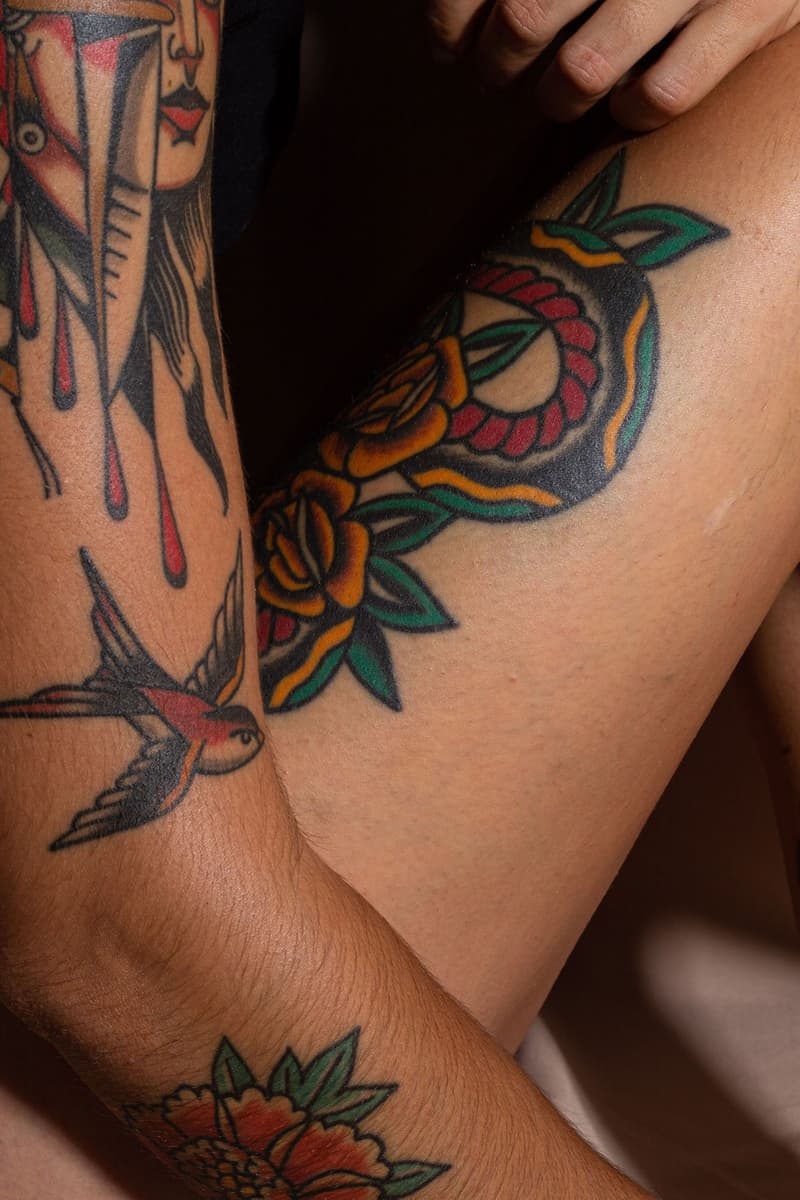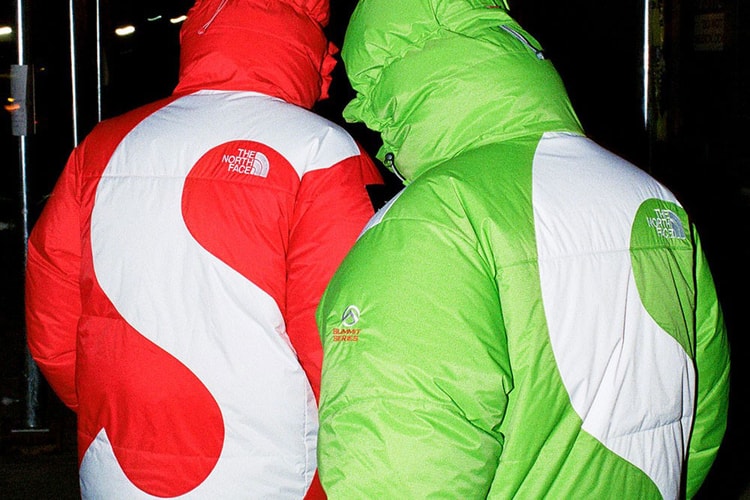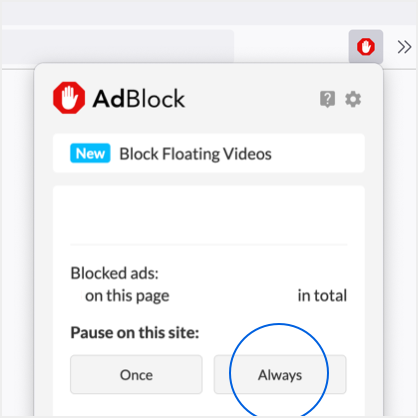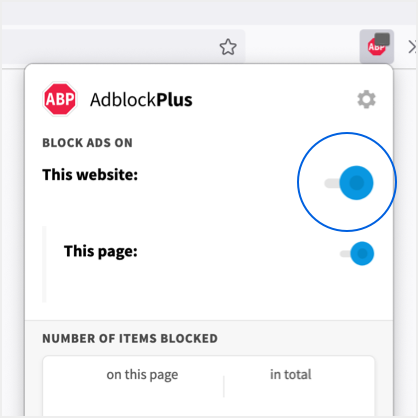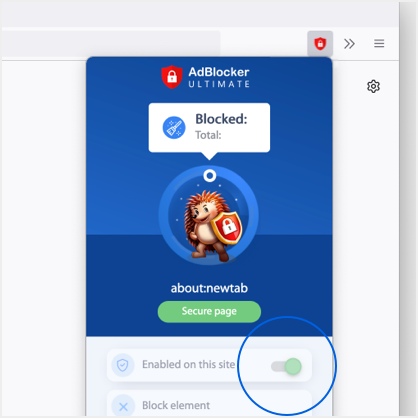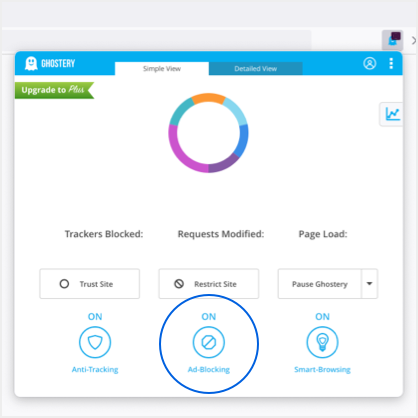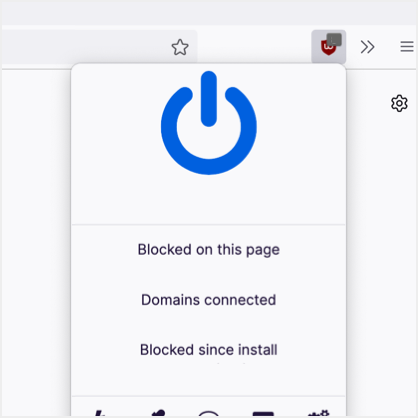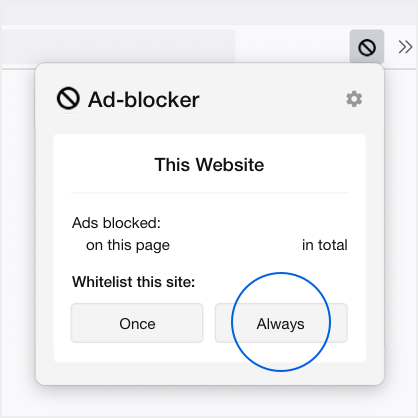Laser Tattoo Removal: From Prep to Aftercare, Here’s What to Expect
Experts debunk myths and misconceptions about tattoo removal.
No one gets a tattoo thinking they’ll want it removed, but circumstances change and tastes evolve. That’s where science and technology step in — in the late ’60s, doctors began experimenting with lasers and discovered that focused light beams can break up tattoo ink, allowing the body to absorb the pigment and remove it via natural processes. Since then, the laser-powered removal process has been refined, resulting in fewer and less severe side effects such as scarring and skin discoloration. Now, professionals favor Q-switched lasers such as the Lumenis and photomechanical lasers including the PicoSure.
Despite the relative ease of modern-day tattoo removal, those in the market for un-inked skin will need to prepare for multiple removal sessions, as well as pre and post-procedure downtime. HYPEBAE consulted experts about what to expect from your first tattoo removal session, as well as the risks that come with going bare.
Before booking, adjust your expectations
“I always tell people that tattoo ‘removal’ is a misnomer,” Dr. Jeremy Fenton of Schweiger Dermatology says. “It is very difficult to completely remove a tattoo. Most people have to settle for a lightening of the tattoo, and if you look closely, you will often see some remnant of ink,” the board certified dermatologist explains.
In addition, color tattoos are more challenging to remove on darker skin tones than on lighter complexions. Pointing to the medical community’s oversight of Black patients, Dr. Fenton notes that certain wavelengths of lasers most effective for color ink are “not safe to use in darker skin.”
Consult a professional and choose your laser
Different types of lasers have their own pros and cons, depending on what type of tattoo you’re trying to get removed. Most likely, you’ll be choosing between three options: the Picosure, a Q-switched laser such as the Lumenis, or a laser that incorporates both Picosure and Q-switched technology.
Dr. Fenton uses the Picosure, as it delivers energy about 100 times faster than lasers that rely entirely on Q-switched technology. “Pico technology, as in the Picosure laser, delivers energy pulses in a much smaller period of time, resulting in the ability to break up the ink into smaller particles with less risk of damage to surrounding tissue,” he explains. Despite its quick speed, the Picosure offers fewer wavelength options than Q-switched lasers, a con for stubborn tattoos that respond better to slight variations in wavelength.
Nurse Jamie prefers the Lumenis PiQo4, a Q-switched laser that, according to the expert, can treat a larger sized area per pulse. “It reaches even the deepest, most stubborn colors and clears pigment more efficiently than other devices,” she says.
Prep the skin for tattoo removal
Nurse Jamie prescribes a host of pre-session precautions. Things you can’t do to the tattooed area: expose it to sunlight or tanning beds, exfoliate it, pluck it, wax it or apply irritating ingredients such as retinols, retinoids, glycolic and salicylic acids to it. “Apply SFP 50+ sunscreen at all times if your treatment areas are exposed to UV light,” she cautions. Dr. Fenton also suggests covering the area with a bandage before going out in the sun. If you’re so starved for rays that you’re considering a fake tan, don’t do it — tanning products should be avoided seven days before your appointment. If you are concerned about post-removal bruising, don’t take blood thinners such as Advil, aspirin, ibuprofen, and fish oil supplements for one week prior.
On the day before your appointment, shave the tattooed area with a sterile, new razor and be sure to get a solid eight hours of sleep — ”don’t come hungry, tired or dehydrated. This is especially important if you are prone to fainting at the sight of needles or blood,” Dr. Fenton advises. He also recommends avoiding alcohol the night before your session. Before leaving, clean the tattooed area. Don’t moisturize it with any excess lotion or cream, and wear loose-fitting clothing. If you smoke cigarettes, consider giving the habit up. “Smokers have worse rates of tattoo clearance,” Dr. Fenton observes.
Yes, it will hurt
No pain, no gain. As unpleasant as it may be, the reality is that laser tattoo removal hurts. Dr. Fenton explains the nuts and bolts of the removal process in easy-to-understand terms: “Laser energy is absorbed by the pigment in the skin. This energy breaks up the ink into smaller particles,” he describes. “When the particles get small enough, the body’s immune system is able to do its job — it clears these ink particles.” According to the expert, it takes about six to eight weeks for the body to flush out the pigment.
Luckily, laser tattoo removal sessions are quick and tolerable. “Most of my patients opt for some type of numbing, [which] can range from topical cream or an injection of lidocaine, to just ice,” Dr. Fenton shares, adding that the treated area will still be “very tender” post-session.
Expect multiple sessions
Though cases vary depending on several variables — including the size, age, color and location of the tattoo — expect to invest in multiple removal appointments. On average, however, Dr. Fenton says the typical patient undergoes seven sessions until the tattoo has faded to their liking. Nurse Jamie cites an average of six sessions, spaced out every four to six weeks. Though cost per session also varies, Schweiger Dermatology quotes a general estimate of $550 USD per laser tattoo removal appointment.
If you’re hoping to save money by using over-the-counter “tattoo removal creams,” you risk suffering burns and other damaging effects. “Tattoo removal creams can create chemical burns on the skin and leave behind scarring,” Dr. Fenton cautions. “Tattoos are meant to be permanent, so using just a tattoo removal cream won’t make [them] disappear,” Nurse Jamie agrees.
Post-session, help the skin heal
For one to three days after your removal session, the treated area will be red and tender. It will then peel, scab, crust or even blister — similar to the after effects of getting a tattoo. “The whole healing process takes at least one week, but usually about two weeks on average. It can take even longer for slower healing areas like the lower legs,” Dr. Fenton states.
Until your skin is fully healed, gently wash the treated area daily and keep it protected with a layer of ointment such as Aquaphor or petroleum jelly. Cover with a bandage and refresh the ointment twice a day. As always, keep the treated skin out of the sun and protect it with sunscreen between sessions.
Nurse Jamie also recommends wearing loose clothing 24 to 48 hours afterwards. Avoid all types of exercise as well as the gym, steam room, sauna, jacuzzi and swimming pool. When showering and bathing, keep the water tepid or lukewarm — avoid anything too hot.
